I visited Hungary a few years ago during a backpacking trip across Europe. I was only there for a few days, but I got the chance to try some incredibly delicious, traditional Hungarian food, including Paprikash and Langos (OMG LANGOS).
Recently, I found Brian, a fellow food blogger that left his busy life in the UK to farm in the Hungarian countryside. It has been so cool speaking to Brian and learning about his unique experience with Hungarian Food. It doesn’t hurt that he’s hilarious.
This has been one of my favorite interviews so far! Keep reading for some great info on Hungarian and the delicious Hungarian Food that comes from the country.

Tell me about your history with Hungary. How long have you been living there? What attracted you about moving to Hungary?
Well the shortened version of this was we went to a music festival in the summer of 2007… got drunk, went house hunting, went home.
We returned 8 weeks later and bought the house with a half baked plan to quit work in the near future, move to Hungary, grow food and brew wine. 5 months after buying the house we did just that. Oh yeah, and got married along the way, too.
There really was no long term history with Hungary, we had visited together once before and I had visited many times before, but a long time ago. The location was incidental, really. The dream of not being part of the “rat race” was the real driver.
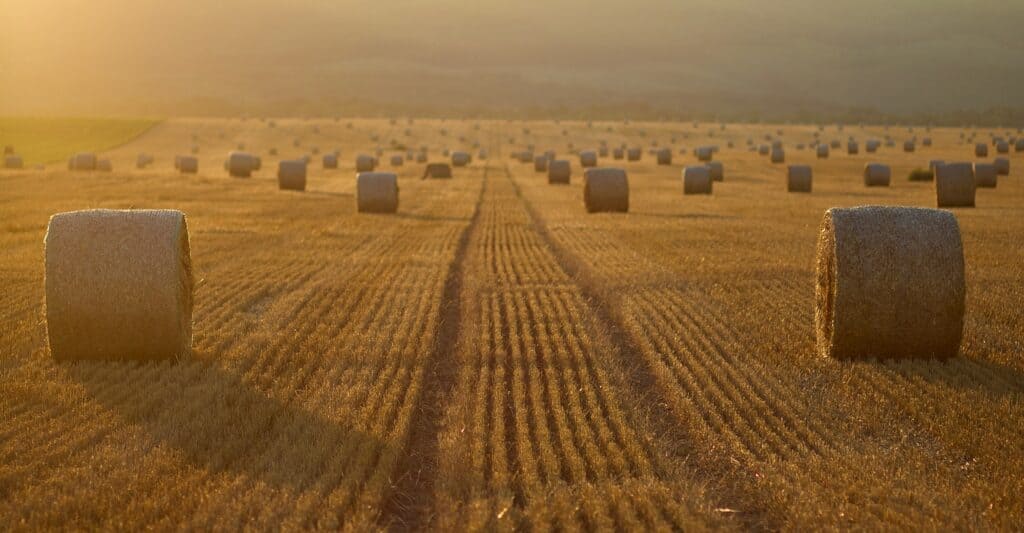
Tell me more about your farming lifestyle! What food do you grow?
We don’t do as much “farming” as we used to. One of the things with grand ideas is that you never really consider the consequences of them.
We used to grow most of what we ate and had chickens and ducks too. We would also brew around 150 liters (around 30 gallons) of wine a year too.
It sounds idyllic but it is back breaking work and leads to massive gluts of some ingredients and huge scarcity of others, particularly when you are a couple of “desk jockeys” from big cities.
I think in our first year we managed to grow 300kg (650lb) of carrots, we couldn’t even give them away. It is also the reason that I know that carrot wine is awful!
Our production has now scaled back greatly and we concentrate on things that we can preserve well and will eat enough of to justify growing them. Tomatoes, chillies, onions, garlic, peas, beans, loads of fresh herbs and of course peppers (paprika). Add that to a dozen or so fruit trees and I think we are about done.
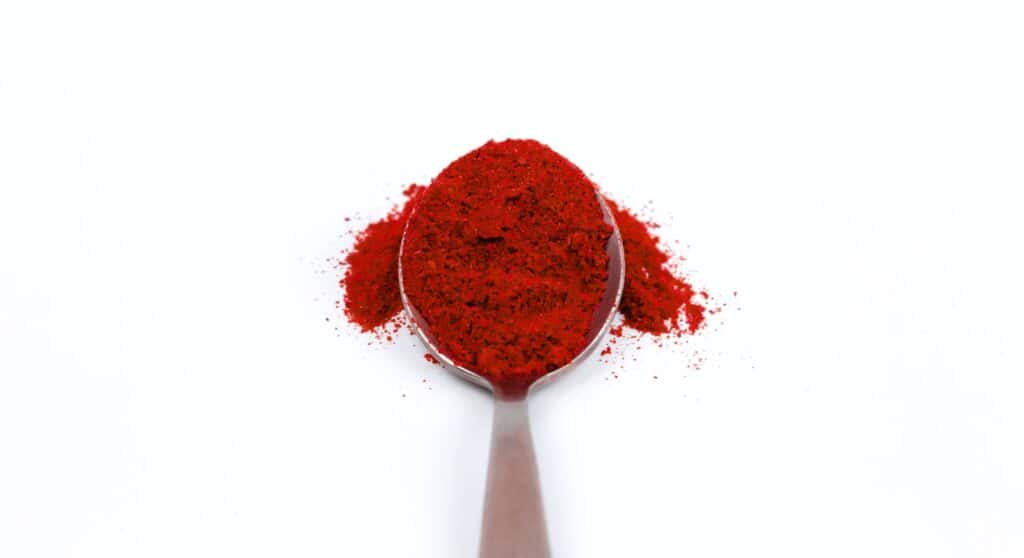
Can you tell me about the importance of paprika to Hungarian cuisine?
Oh boy, it is everywhere and in everything (almost) but this was not always the way. It was introduced by the Turks in the 16th century but it was mainly a decorative plant until the 18th century.
Legend has it that its popularity as a spice was due to the fact that it was much cheaper than black pepper.
But in Hungary, paprika does not just refer to the spice. Paprika just means the pepper itself. So the whole capsicum family is referred to as paprika and the use of the pepper is just as common as the spice.
It appears in everything from the world famous but scarcely understood gulyas (goulash) through to sausages, peppers are pickled and of course it is where paprikas (paprikash) gets its name.

Tell me a little about the history of Hungary. How can you see the history of the country in Hungarian Food?
The history of Hungary is a complex and chequered tale dating back to the 9th century. Just like many countries in the region, it is one littered with some of the most brutal and difficult times in “recorded” history.
Whilst there have been times of great prosperity, in the main Hungarian life has been one of toil and hard work.
From an outsiders point of view I think that the food represents that. I mentioned earlier that paprika was embraced possibly because it was cheaper than pepper and that theme continues. Little food is wasted in Hungary and you are unlikely to see “fancy” cuts of meat on menus or on kitchen tables.
Offal makes a regular appearance on menus and tables alike, with a tripe stew (pacal porkolt) being one of the most loved dishes in my corner of Hungary which is far from the tourist hotspots of Budapest. But it is common to see everything from bone marrow, liver and brains on the menu.
Vegetables are regularly fermented (or pickled). In many parts of the country, this is as much a part of preservation as it is for the glory of delicious fermented or pickled foods.
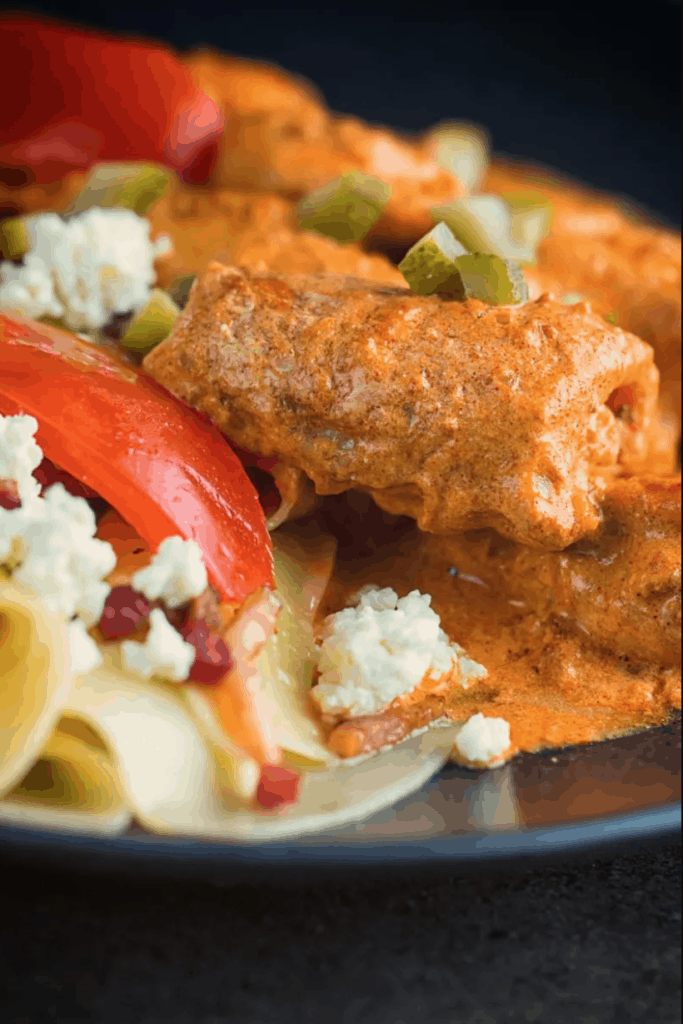
What Drinks are Popular in Hungary?
Palinka is the country’s “tipple” of choice. It is a fruit brandy often distilled to well in excess of 50% abv (100 proof).
But it is not prissy like French brandy or Scottish whisky; It is brewed at home. People collect fruits and throw them in massive barrels and get a “must” going before either distilling in a home still or taking it to a distillery who will do it for them.
Finally, it would be remiss of me not to mention the gulyas, a dish that would have been made by Hungarian cowboys or herdsmen (csikos) in much the same way that it is made today in many gardens across rural Hungary: in a big cauldron over an open fire.
Tell me about Hungarian Food
Food in Budapest is a mish mash of global and style influences much like any other capital city. But once you head beyond the big city, food becomes much more old school and traditional.
Pork and chicken rule the roost in terms of meat. Beef is very popular but much more expensive than the former, and it is a serious meat-eating country.
As a Brit, I was surprised when I moved here at the variety of meats that were available. Whilst I struggle to find the prime cuts of beef, I can get duck, goose, rabbit, venison and wild boar without trying too hard, although they are far from common appearances on kitchen tables.
In terms of vegetables, peppers (paprika), tomatoes and onions are the usual suspects. However vegetables like celeriac and kohlrabi are really very popular.
Fruits and nuts also form a huge part of the Hungarian diet with chestnuts and walnuts being exceptionally popular along with cherries, apricots and the ubiquitous watermelon in the summer.
Paprika aside, spices are rarely a feature in Hungarian food with the exception of caraway seeds. These appear to be of Germanic influence that is a couple of hundred years old.
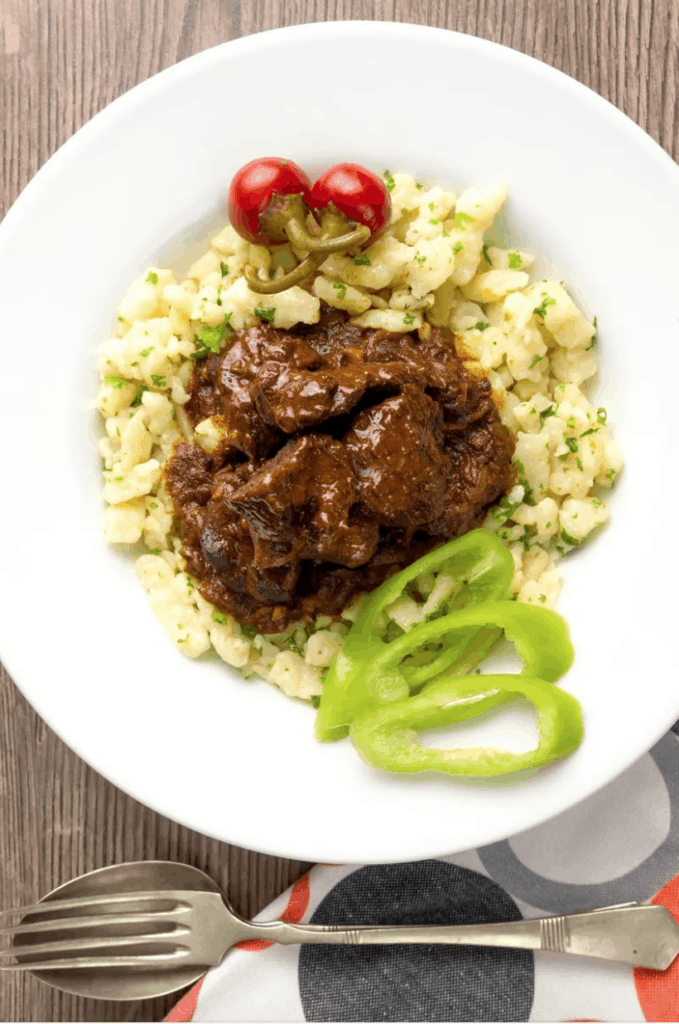
What are your everyday Hungarian Foods? What types of things are common for breakfasts, dinners, snacks?
I’m a migrant and have a pretty typical migrant diet: a curious mix of where I live, where I was born and everywhere that I have ever been.
I use local ingredients to cook a very globally influenced diet. Often, I serve old school British foods and with very Hungarian side dishes.
I cook lots of British, Indian, and North African influenced food with very Hungarian ingredients.
Hungarians on the other hand are very traditional. There are lots of fried schnitzels, and lots of stews and soups, even in the summer where temperatures regularly exceed 30ºC or 90ºF.
When it comes to snacks, Hungarians go mad for cake. Every single town will have some sort of outlet for cake. Even the village that I live in (population of 180) gets a special delivery of cakes from a local bakery that gets sold through the only shop in the village.
I don’t have a sweet tooth though. My personal favourite is zsiros kenyer which means “fatty” bread. It is nothing more than a piece of very fatty bacon cooked over an open fire in a press. The fat is then squeezed out over fresh bread and topped with thinly sliced red onion and a sprinkle of paprika.
Stop pulling that face, I see you! It is delicious and I guess it is reminiscent of the bread and dripping my Grandad adored whilst I was growing up in the UK, incidentally something that I thought was disgusting back then!

What is your favorite Hungarian holiday or tradition? Is there a Hungarian Food that makes that occasion special?
I’ve never been one for observing traditions or holidays. They have always been just an opportunity to catch up with people rather than anything else.
The one thing that I have embraced since moving to Hungary is the trip to the spa, and I am not talking about white dressing gowns and facial treatments. Hungary is a country littered with geothermally heated pools full of wonderful, murky water.
Places where an older generation hang out, shoot the breeze, and, despite often being far younger than most there, they are places myself and my wife love. Many are open 365 days a year and you get the very best and occasionally some of the worst street food in these places.
There is one food above all others that stands clear on this front and it is the Langos! A deep fried flat bread that often gets topped with sour cream, grated cheese and a garlic dip. It is insanely indulgent and absolutely delicious, even if Hungarian cheese is, let’s just say, not the best!
Is there anything eaten in Hungary that’s not eaten anywhere else in the world? Anything surprising?
I’m not sure that there are things that are not eaten elsewhere but the Hungarian love of offal often surprises many.
The dish that raises the most eyebrows is a cocks comb and rooster testicle stew (kakashere es tarejporkoltet). It is delicious and a dish that I order on occasions even when not trying to provoke a reaction lol!

What’s your very favorite recipe from Hungary? What is your least favorite food that is traditionally Hungarian?
When I am eating out in a Hungarian restaurant I always ask what the best porkolt is… Porkolt is a slow cooked stew that features the most tender meat. It is a thick brown/red pile of beautiful flavours, meat, paprika, onions and some peppers cooked down really slowly.
If they say they have mutton porkolt then I am ordering it, and I am coming back tomorrow too! The eating experience is awful. The meat is roughly chopped and is on the bone, off the bone and often features gristle, but all that adds to the flavour of the dish. It is my idea of food heaven!
As for food hell: Carp… It features as a part of many Christmas menus. There are huge tanks with carp in them at large supermarkets, and it tastes terrible.
Even well-cleaned it is muddy. It is a lazy, bottom-feeding fish too, so it is woolly. Do you get the feeling that I am not keen?
Are there any ingredients that you love that just aren’t the same unless you’re in Hungary?
It is far too obvious to say paprika, so I would say pork! I’ve always loved pork. It is a much maligned ingredient that is often poorly reared to be cheap and poorly cooked.
There is just something about Hungarian pork. It just seems to contain more fat, and fat equals flavour as far as I am concerned as a cook. Some of our locally sourced pork goes to “market” at around a year old. It has been allowed to mature and age and get the most wonderful quality of fat.
That is just the “normal” stuff. There is a much vaunted breed called the mangalica which is a woolly pig that is even better.

Tell me about your food blog! Why you started it, what it features, etc.
My blog is called Krumpli which is a Hungarian colloquial name for potato, I could, of course, regale you with a made up story of profound significance, but in short, there are no hidden meanings. It is just a word that makes me smile and one that is short, punchy, and easy to remember!
My site evolved into a food blog from lots of different ideas. I began playing around on the internet to show our friends and family our new lives. Then I took up photography and had a photography site. My photography then started to focus on food, and a new site was born.
It’s a collection of recipes that I love, food that I cook for myself and my wife, recipes for two and mainly recipes for dinner. Most importantly, it is about me becoming a better cook. I am really not interested in shortcuts or diets, I just want to cook better every single time!
I’m a magpie when it comes to food. I play with influences from all over the world and cook food that makes me smile and giggle.
My favourite Hungarian recipe on my site is my beef (marha) porokolt. To me, it is an anglicised version of everything that I love about Hungarian food. It is big, bold, simple and honest. Oh yeah, and it tastes like it was made in my favourite local restaurant!
What a fantastic interview this was! I loved speaking to Brian, and learning more about Hungary from his perspective.
If you enjoyed this interview and want to read more interviews from food bloggers around the world, take a look at these other interviews I posted:




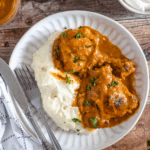


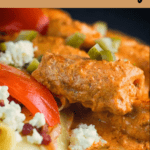
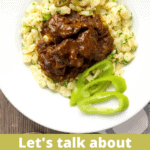
Leave a Reply